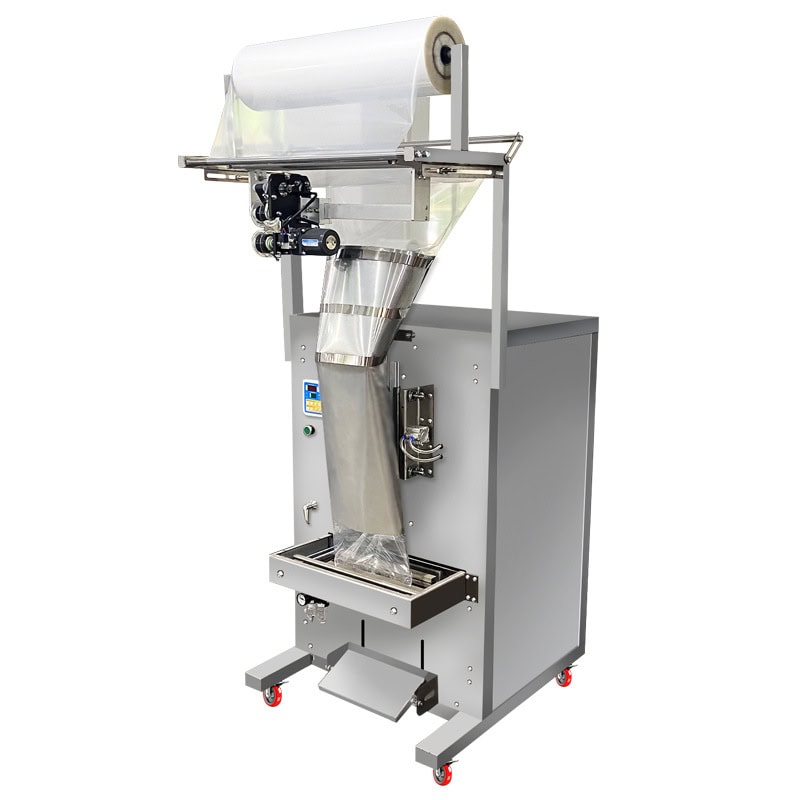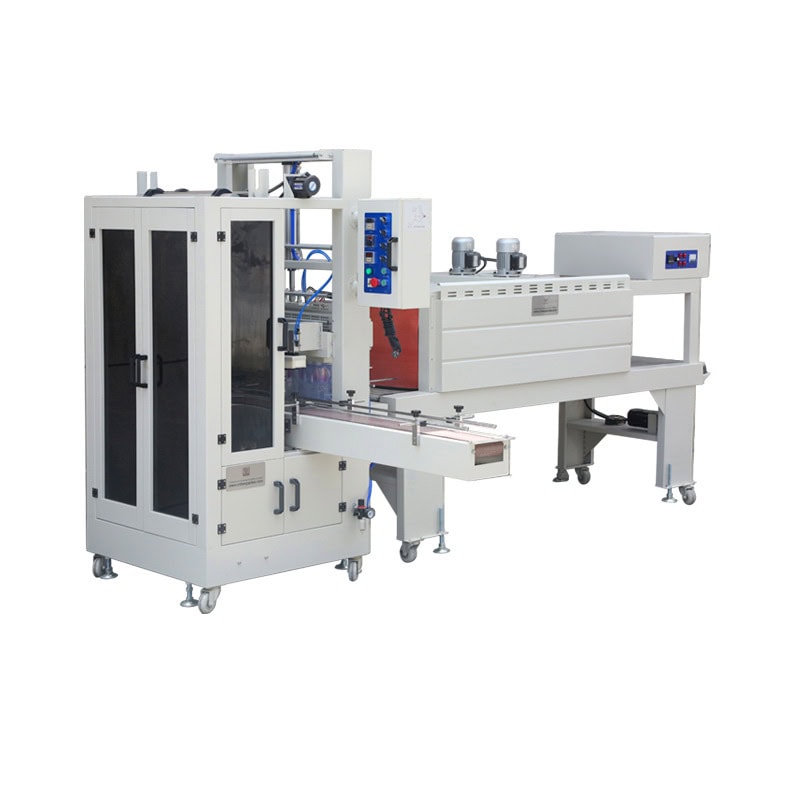Choose the wrong packaging machine and you’ll have inefficiencies, downtime, and production bottlenecks. You must be smart about selecting the right machine.
To choose the right packaging machine, you need to look at things like production speed, the type of material you’re packaging, how much of it you’re packaging, and long-term growth potential.
Now let’s get into the details that will help you pick the right machine.

Understand Your Product Requirements
Each packaging machine is designed to handle specific types of products. You need to look at the physical properties of your product to determine which machine you need. For example, liquid, powder, and solid products all need different machines to handle them. You also need to decide if you need a machine that can handle different types of packaging like bottles, pouches, and cartons.
You might have products that are fragile, or they need to be handled in such a way that they don’t get beat up. You need a machine that’s going to handle things gently. You need to know your product inside and out to help you pick the right machine.
Assess Production Speed and Capacity
Aligning the speed and capacity of the packaging machine with your production goals is crucial. Machines range from small-scale, semi-automatic solutions to fully automated systems designed for large-scale production.
Ensure that your chosen machine meets not only your current production rate but also has the flexibility to scale up as your business grows. Investing in a machine that can handle increased production demands without significant modifications can save future costs and downtime.
Compatibility with Packaging Materials
The compatibility of the machine with your packaging materials is another critical factor. Machines are often tailored for specific materials, whether plastic, metal, or glass. Ensuring your machine can efficiently handle the material you plan to use is essential to avoid operational malfunctions or unnecessary downtime.
Some machines offer the versatility to handle multiple materials, which is advantageous if your packaging needs vary over time. However, prioritize equipment that performs well with your primary material.

Ease of Use and Maintenance
User-friendly machines minimize operator error and downtime. Complex machines may offer advanced features but can require additional training, which increases labor costs. Look for machines with intuitive controls, easy-to-follow manuals, and accessible technical support.
Maintenance is another key consideration. Choose machines that are easy to service, with readily available spare parts and technical support, to ensure the machine’s long-term functionality. Avoid machines that require specialized technicians who may not be readily available.
Automation Needs
Evaluate how much automation your operation requires. Fully automated packaging machines increase efficiency and reduce labor costs but come with a higher price tag. For small- and medium-sized businesses, semi-automatic machines may offer a better balance between cost and production output.
Automated features, such as automatic product feeding, labeling, and sealing, can significantly streamline operations. However, ensure that the degree of automation you choose aligns with both your current and future production requirements.
Future-Proofing and Flexibility
Investing in equipment that offers flexibility and scalability is essential for staying competitive in a changing market. Machines that support a range of product types, packaging sizes, and formats allow you to adapt quickly to market demands without investing in entirely new equipment.
Choosing machines that allow for modular upgrades ensures that you can enhance your capabilities without significant disruption or cost.
Space and Layout Considerations
Before purchasing a packaging machine, evaluate your production area’s available space. Packaging machines can be large and require ample room to function efficiently without interfering with other operations.
Carefully plan the integration of the machine into your current production line. Consider whether the machine is stationary or mobile, and how easily it can be relocated or reconfigured in the future as your production needs evolve.
Energy Efficiency
Energy-efficient machines not only reduce operational costs but also help companies meet sustainability goals. Choose equipment with low energy consumption to keep utility costs down while reducing your environmental footprint.
Although energy-efficient machines may come with a higher initial investment, they often result in long-term savings that justify the upfront expense.
Budget and Cost Analysis
The total cost of a packaging machine goes beyond the purchase price. Installation, training, maintenance, and operational costs should all be factored into your budget. Machines with higher upfront costs may offer long-term savings through reduced downtime, lower energy consumption, or less frequent maintenance.
Perform a detailed cost analysis to determine which machine provides the best value for your operation without overshooting your budget.
Vendor Reputation and Support
A reliable vendor is as important as the machine itself. Look for vendors with a strong track record of producing high-quality packaging equipment and providing excellent customer support. A good vendor will offer installation, training, and ongoing technical support, ensuring your machine operates smoothly throughout its lifespan.
Availability of spare parts is also crucial. Ensure that the vendor can provide fast delivery of parts to minimize downtime in case of breakdowns or repairs.
Conclusion
Selecting the right packaging machine involves evaluating your production needs, the capabilities of the machine, and your future needs. Look at things like the type of material you’re packaging, the speed you need to produce, and your budget to pick a machine that’s going to help you make money and be successful long term.









